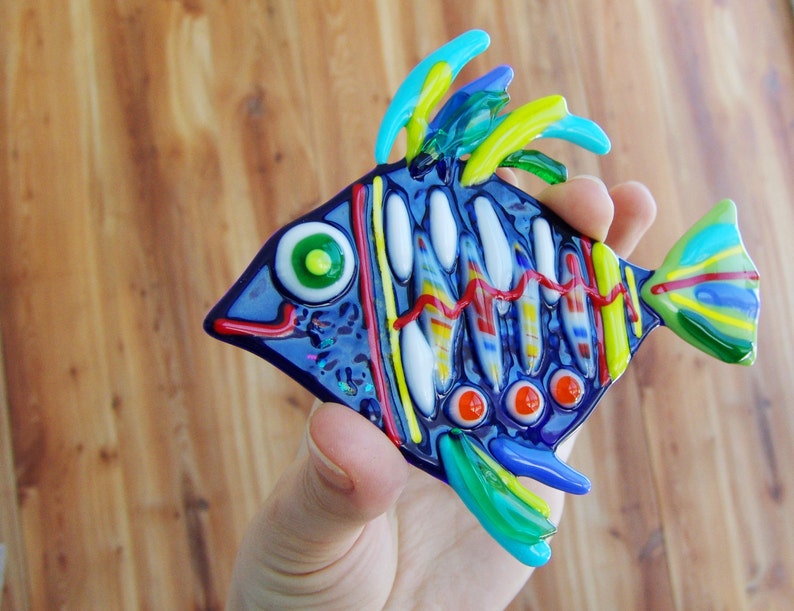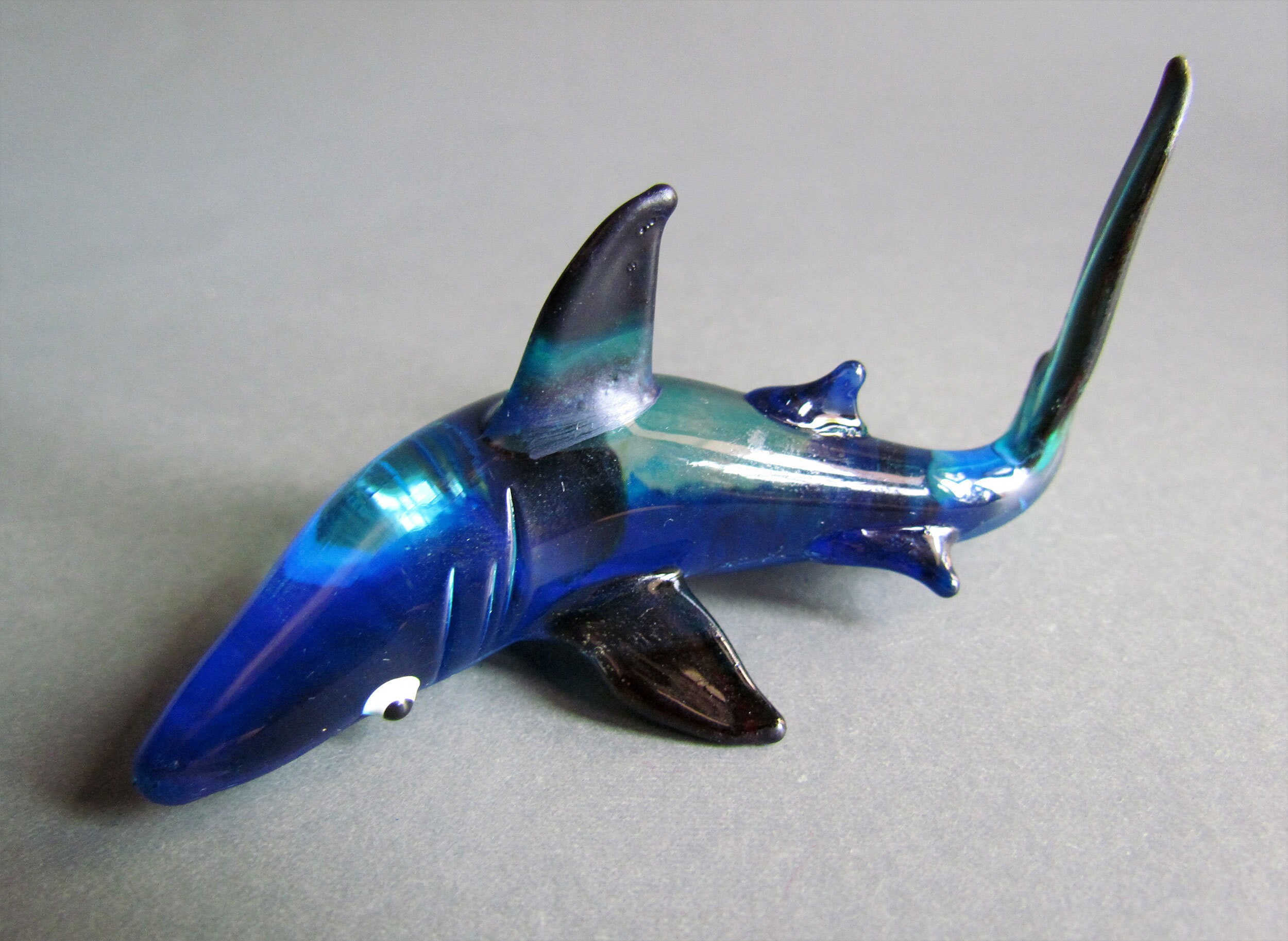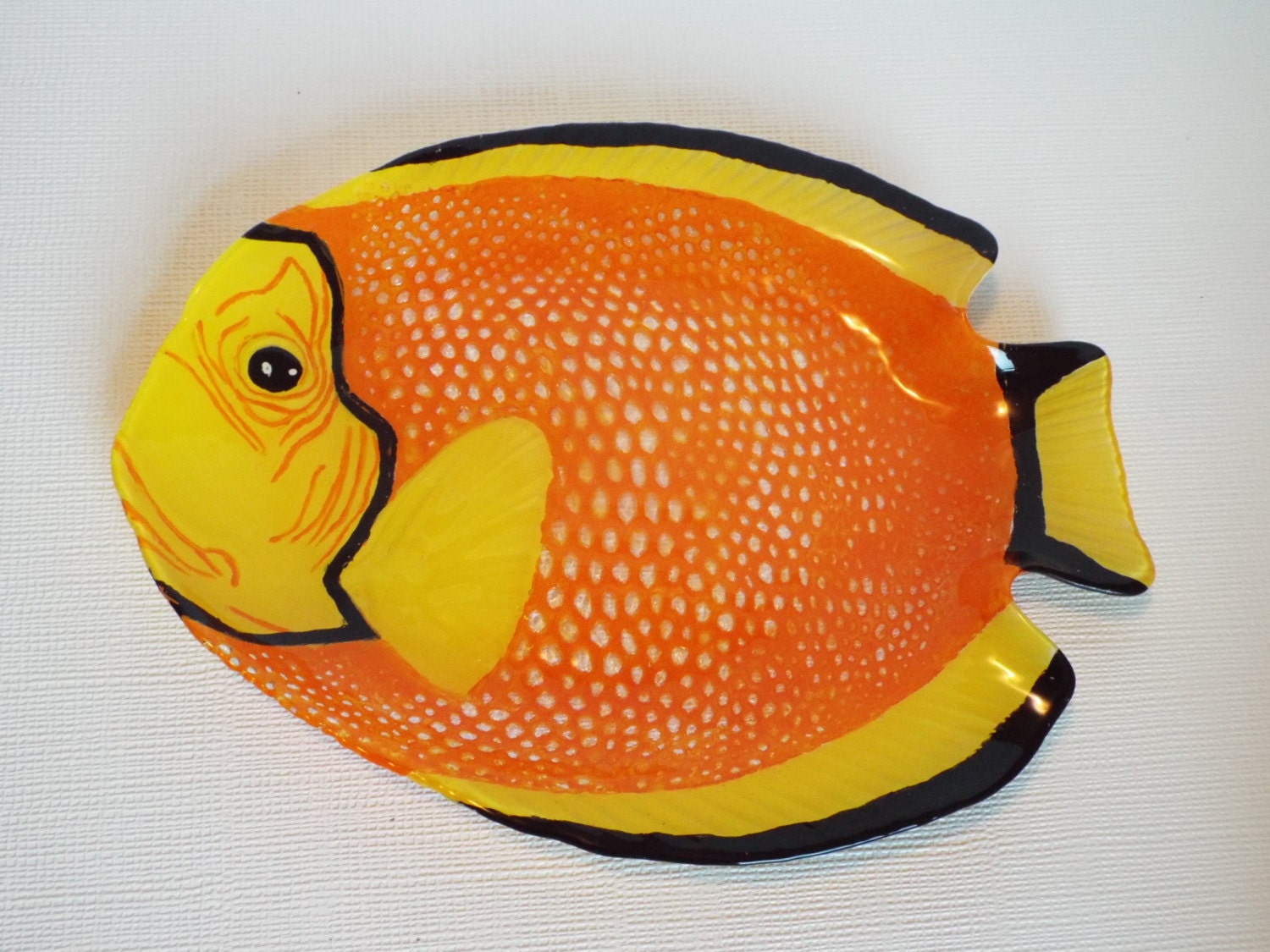

Sequence analysis of the MCP gene of the detected virus (IR_LCDV_RGZIS) assigned it to genogroup 5. Molecular characterization (PCR) confirmed the presence of Lymphocystis disease virus (LCDV) in the external nodules and the internal organs homogenate of the infected fish. The hyaline capsule of hypertrophic fibroblasts stained with the PAS.

In addition to the extension of hypertrophic lymphocystis cells' growth until the superficial muscle layer, infiltration of inflammatory cells and hemorrhage between hypertrophic cells are also observed.
PAINTED GLASSFISH SKIN
Histopathological study of the whitish nodules in skin and fins revealed many hypertrophic cells with thick hyaline capsules, irregular nucleus, and multiple intracytoplasmic inclusion bodies. Following the clinical inspection and observation of whitish clusters of nodules mostly on the fins and skin by stereomicroscopy, wet smears of skin and fins revealed numerous hypertrophic lymphocystis cells. In December 2021, a group of yellowbar angelfish (Pomacanthus maculosus Forsskål, 1775) which had significant mortalities (10%) and showed whitish nodules on the fins and skin, were packed in water-filled plastic bags, supplied with oxygen, and transported to the Ornamental Fish Clinic, Faculty of Veterinary Medicine, University of Tehran (Tehran, Iran). Lymphocystis disease (LCD) is a benign viral disease characterized by the appearance of hypertrophic fibroblastic cells in the connective tissues of fish. This is the first report of lymphocystis disease in A.

From the ML polygenetic tree, the clownfish LCVD genotype was closely related to the LCDV strain from paradise fish, Macropodus opercularis (KJ408271) (pairwise distance: 92.5%) from China, then followed by the strain from Spain (GU320726 and GU320736) (pairwise distance: 90.8–90.5%), Korea (AB299163, AB212999, AB213004, and AB299164) (pairwise distance: 91.5–80.5%) and lastly Canada (GU939626) (pairwise distance: 83%). The viral particle presents virions 180–230 nm in diameter, hexagonal in shape with an inner dense nucleoid under transmission electron micrographs (TEM). Histopathologic study showed lymphocystic cells with an irregular nucleus, enlarged cytoplasm and intracytoplasmic inclusion bodies surrounded by the cell membrane. clarkia, nodules were found on the operculum skin. ocellaris hosts showed sparse, multifocal, white, stiff, papilloma-like nodules on the body, skin, gills and fins while, on A. Detection of lymphocystis disease virus (LCDV) was based on histopathological study, electron microscope observation of virus particles and gene sequence analysis from the MCP region. In this study, the lymphocystis pathogen was found in 2 (Amphiprion ocellaris and Amphiprion clarkii) of the 9 species of clownfish. Lymphocystic disease affects over 150 species of marine and freshwater fish worldwide.


 0 kommentar(er)
0 kommentar(er)
